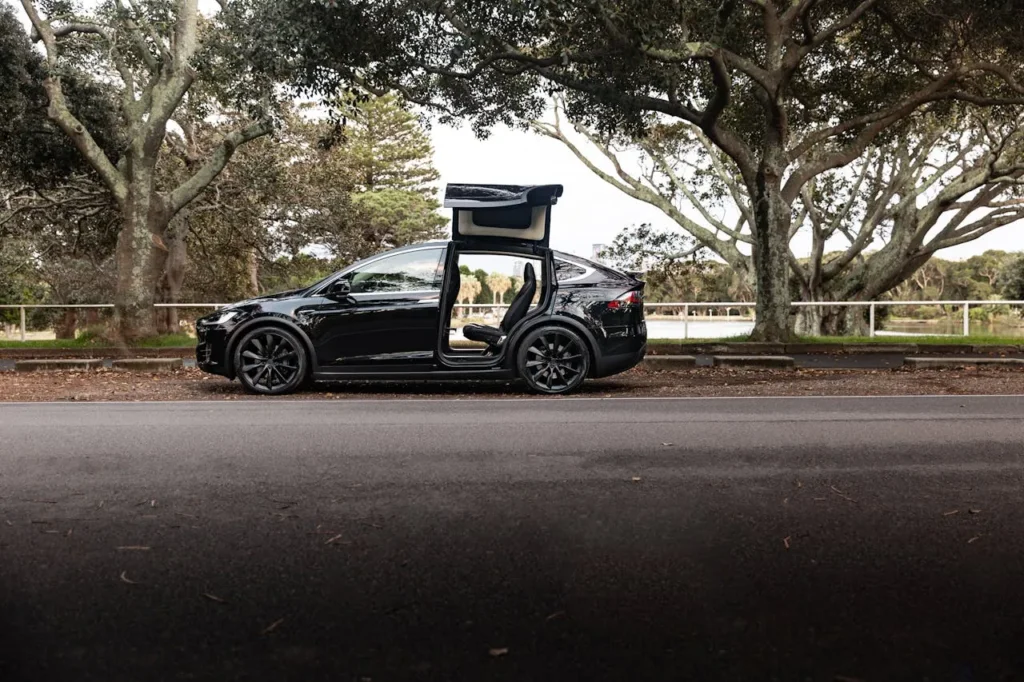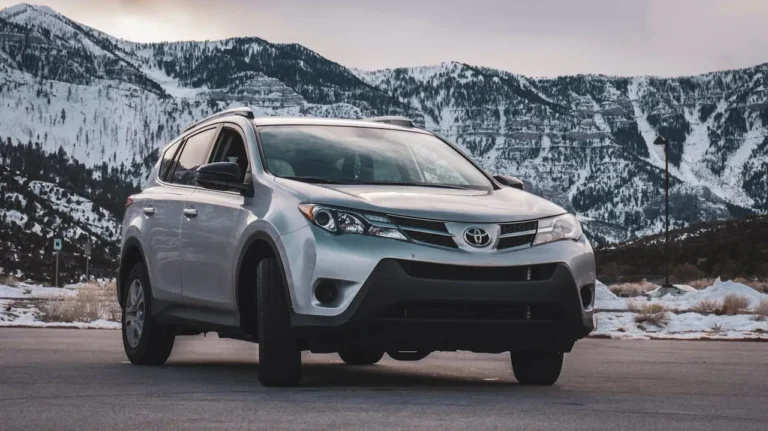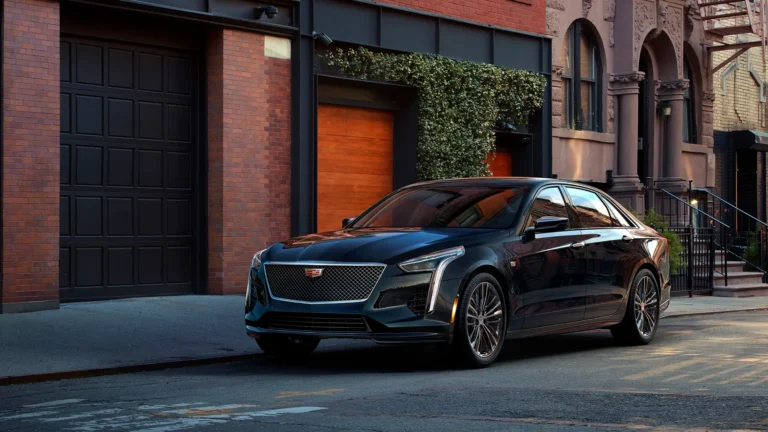
Tesla Leads, but Chinese Automakers Are Narrowing the Gap in Wards Intelligence’s SDV Rankings
The latest Software-Defined Vehicle (SDV) ranking from Wards Intelligence, now part of Omdia, offers a fascinating glimpse into the rapidly evolving automotive landscape. While Tesla continues to hold the top spot overall, the report reveals that Chinese automakers are making significant strides, with NIO and Xiaomi now occupying second and third place, respectively, in terms of technological innovation. This shift underscores the growing complexity of the SDV paradigm—a concept that has proven more challenging for established Western OEMs than initially anticipated but is advancing at breakneck speed in China.
The Rise of Chinese Automakers in SDV Innovation
NIO and Xiaomi have emerged as formidable competitors, surpassing Tesla in certain aspects of technological innovation. These companies exemplify the agility and forward-thinking approach characteristic of digitally native brands that prioritize software-first strategies. Unlike traditional automakers constrained by legacy platforms and organizational structures, these disruptors are unburdened by the past, allowing them to push the boundaries of what’s possible in the SDV space.
Xpeng and Rivian round out the Leaders category, which primarily consists of battery-electric vehicle (BEV) innovators. These companies are not only pioneering cutting-edge technologies but also refining and scaling zonal architectures and other SDV-related practices. According to Maite Bezerra, Principal Analyst at Wards Intelligence, “This category includes automakers pushing the boundaries of SDV innovation, as well as those refining and scaling zonal architectures and other SDV-related technologies and practices.”
Strong Contenders: A New Wave of Commercialization
In the Strong Contenders category, which features companies like Zeekr, Lucid, Leapmotor, and BMW, there’s a notable shift toward active commercialization of SDVs. In 2023, most automakers in this group were limited to semi-SDVs, but today, 67% are actively bringing fully-fledged SDVs to market. This rapid progress highlights both the growth of the SDV market and the intensifying competition within it.
“Automakers in this category, such as BYD, are particularly well-positioned to challenge the current market leaders,” Bezerra noted. BYD, in particular, has been a standout player, leveraging its expertise in electric vehicles and advanced manufacturing to carve out a strong position in the SDV race. The company’s ability to scale production while maintaining competitive pricing makes it a formidable contender in the global market.
Contenders and Followers: Playing Catch-Up
The Contenders category, which includes Hyundai, the Volkswagen Group, and General Motors, reflects a mix of progress and challenges. While these automakers have made strides in deploying semi-SDVs and outlining more detailed SDV strategies, they still lag behind in bringing fully realized SDVs to production. Many are grappling with the complexities of transitioning from legacy systems to modern, software-driven architectures.
Meanwhile, automakers in the Followers category—previously characterized by a lack of clear SDV roadmaps or timelines—have started setting concrete goals. This shift is a direct response to the rapid evolution of the market and the growing pressure to remain competitive. While they may be trailing behind for now, their newfound focus on SDV development suggests that they are determined to close the gap.
Challenges in Measuring SDV Progress
One of the persistent challenges in evaluating SDV progress is the lack of consistent definitions and benchmarks. To address this, Wards Intelligence conducts annual primary and secondary research, employing advanced statistical tools to identify the most accurate indicators of SDV advancement. In this year’s edition, 27 automakers were assessed across five key metrics: financial strength, portfolio complexity, vehicle platform readiness, organizational readiness, and SDV performance.
These metrics provide a comprehensive view of each automaker’s capabilities and readiness to compete in the SDV era. For instance, financial strength is crucial for funding the extensive R&D required to develop advanced software systems, while organizational readiness reflects a company’s ability to adapt its culture and processes to support SDV innovation.
China’s Growing Dominance in the SDV Segment
Perhaps the most striking trend revealed by the report is the increasing dominance of Chinese automakers in the SDV segment. Notably, 62% of the automakers in the Leaders and Strong Contenders categories are either Chinese or Chinese-owned. This statistic underscores China’s pivotal role in shaping the future of mobility. In contrast, only three of the 14 automakers in these categories are Western incumbents—a stark reminder of the challenges facing traditional automakers in Europe and North America.
“Both trends point to a continued shift toward Chinese leadership and ongoing challenges for Western automakers in 2025,” Bezerra observed. The reasons for China’s success are multifaceted, ranging from government support and investment in technology infrastructure to a highly competitive domestic market that drives innovation.

Why Tesla Still Holds the Lead
Despite the impressive gains made by Chinese automakers, Tesla remains the overall leader in the SDV rankings. The company’s first-mover advantage, coupled with its relentless focus on innovation, has allowed it to maintain its edge. Tesla’s vertically integrated approach, which encompasses everything from battery production to software development, gives it unparalleled control over its product ecosystem.
However, Tesla cannot afford to rest on its laurels. The rapid advancements being made by NIO, Xiaomi, and other Chinese players mean that the competition is heating up. Tesla’s ability to stay ahead will depend on its capacity to continue innovating and scaling its technologies while addressing the growing demands of consumers for more sophisticated and personalized driving experiences.
The Road Ahead for Western Automakers
For Western automakers, the path forward is fraught with challenges. Legacy systems, entrenched organizational cultures, and slower decision-making processes have all hindered their ability to keep pace with the rapid changes in the SDV landscape. However, there are signs of hope. Companies like BMW and Volkswagen are investing heavily in digital transformation and forming strategic partnerships to accelerate their SDV efforts.
The key for Western automakers will be to strike a balance between leveraging their existing strengths and embracing the disruptive potential of SDVs. This may involve rethinking traditional business models, adopting more agile development processes, and fostering closer collaboration with tech companies and startups.







